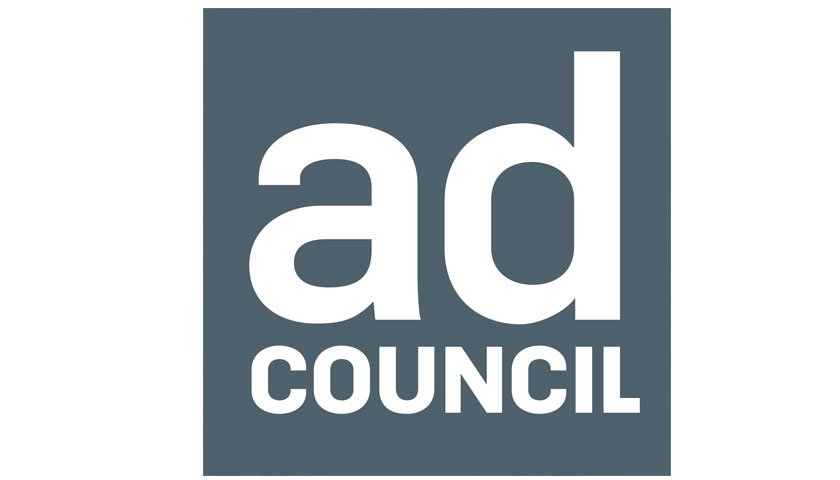As more states in the US begin to adopt their own Extreme Risk Protection Orders (ERPOs), a new study from the Ad Council Research Institute (ACRI) and The Joyce Foundation uncovers the public’s awareness of and attitudes toward these laws in the states where they are in place. Though awareness of these laws is relatively high (65%), only a small percentage (7%) of the public is very familiar with them and could be in a place to effectively utilize them if needed. The report also provides a communications toolkit with state-specific findings and resources to help local and national organizations drive actionable understanding of ERPOs.
Though the laws differ by state, ERPOs are temporary civil orders designed to prevent tragedies and protect those who are at a high and imminent risk of using a firearm to harm other people or themselves, without resulting in a criminal record. Encapsulating four phases of qualitative and quantitative research methods between October 2022 and June 2023, the study interviewed and surveyed more than 10,000 individuals – including gun owners, non-gun owners, veterans and law enforcement officials – in the 19 states and the District of Columbia with existing ERPO laws. Since the start of the study, two more states have passed ERPO laws.
Assessing their knowledge and attitudes, as well as effective messaging to build deeper understanding, the report and toolkit provides a deeper look into ERPOs, who is considered a trusted source to deliver this information, message framing that resonates with the public and resources to drive more awareness and understanding of these laws.
Promisingly, results show that sentiments toward ERPO laws are consistently positive once provided more information about them. Based on the law description tested, 75% of respondents overall were positive towards ERPO, particularly when the messaging emphasized the prevention of suicide and mass shootings through the temporary removal of firearms. The messages and specific details highlighting ERPO preventative measures received 30% higher positivity rates than other key details about the laws. Additionally, messages that include a real scenario as well as state-level information about ERPO proved to be informative and easy to understand.
Considering who is the most trusted for information about ERPOs, law enforcement consistently proved to be the most reliable across all states and demographics. However, key differences in demographic and behavioral groups did emerge regarding the sources of ERPO information:
- Gun owners are more likely to trust national gun associations (33% compared to the 23% average) and local shooting clubs (28% compared to the 19% average)
- Those who know someone in crisis are more likely to trust mental health organizations (56% compared to 43% average)
- Gen Z and Millennials are less likely to trust local law enforcement (29% and 32% respectively, compared to the 42% overall average) with mental health organizations being the most trusted source for information about ERPOs.
The communications toolkit puts all four phases of ERPO research into practice, equipping organizations, government entities and law enforcement agencies with resources to best discuss these laws with the general public. Tested among individuals who know someone in crisis, gun owners, active-duty military/veterans and the general public, the messaging recommendations can help break through the general lack of familiarity with ERPO laws and how they are used.
“Although a majority of Americans have heard of Extreme Risk Protection Orders, very few have a firm grasp on how to potentially utilize these laws to prevent harm within their community. This study and toolkit not only shed light on the public’s level of awareness but provides vital insights and proven messaging frames catered to individual states to inform the public. Together, we can work towards a safer and more secure future for all communities, preventing potential tragedies before they happen” said Derrick Feldmann, Lead Researcher and Managing Director of the Ad Council Research Institute.
“As more states turn to extreme risk laws, ERPOs are becoming an important part of a growing set of solutions needed to reduce gun violence in our country. However, the most significant barrier preventing extreme risk laws from saving even more people, is the lack of public awareness and understanding around ERPOs” said Joyce Gun Violence Prevention and Justice Reform Program Director Tim Daly. “Simply put, if more people closest to those in crisis knew about this tool, and when and how to use it, more lives could be saved, and more tragedies prevented. If done right, we can unlock the full potential of ERPOs, and meaningfully reduce gun violence in our communities.”
To address the larger issue of gun violence in the United States and encourage both gun owners and non-gun owners to take specific actions to keep our communities safe, the Ad Council announced plans for a comprehensive communications approach to tackling the issue. On the heels of the nonprofit’s groundbreaking national COVID-19 Vaccine Education campaign and multi-faceted mental health initiative announcement, the Ad Council is evolving the coalition-based and multi-audience model to convene the advertising, media and business industries to address gun violence issues facing communities across the country. This new approach builds on the organization’s longstanding and successful End Family Fire campaign with Brady, which focuses on the dangers of unsecured guns, and will include new communications campaigns including efforts to increase public awareness and education of ERPOs.
ERPOs: Understanding Public Knowledge & Attitudes Toward Extreme Risk Protection Orders can be downloaded here.

